Unlock the Secrets of Minecraft's Diverse Wood Types: A Comprehensive Guide
This guide explores Minecraft's twelve primary wood types, detailing their unique characteristics and optimal uses in crafting and construction. Each wood offers distinct aesthetic qualities, expanding your creative building possibilities.
Table of Contents
- Oak
- Birch
- Spruce
- Jungle
- Acacia
- Dark Oak
- Pale Oak
- Mangrove
- Warped
- Crimson
- Cherry
- Azalea
Oak
 Image: ensigame.com
Image: ensigame.com
Ubiquitous in most biomes (excluding deserts and icy tundras), oak wood is a versatile crafting staple. From planks and sticks to fences and ladders, its adaptability makes it ideal for various projects. Oak trees also yield apples, a valuable early-game food source and golden apple ingredient. Its neutral tone complements diverse building styles, from rustic cabins to modern cityscapes.
Birch
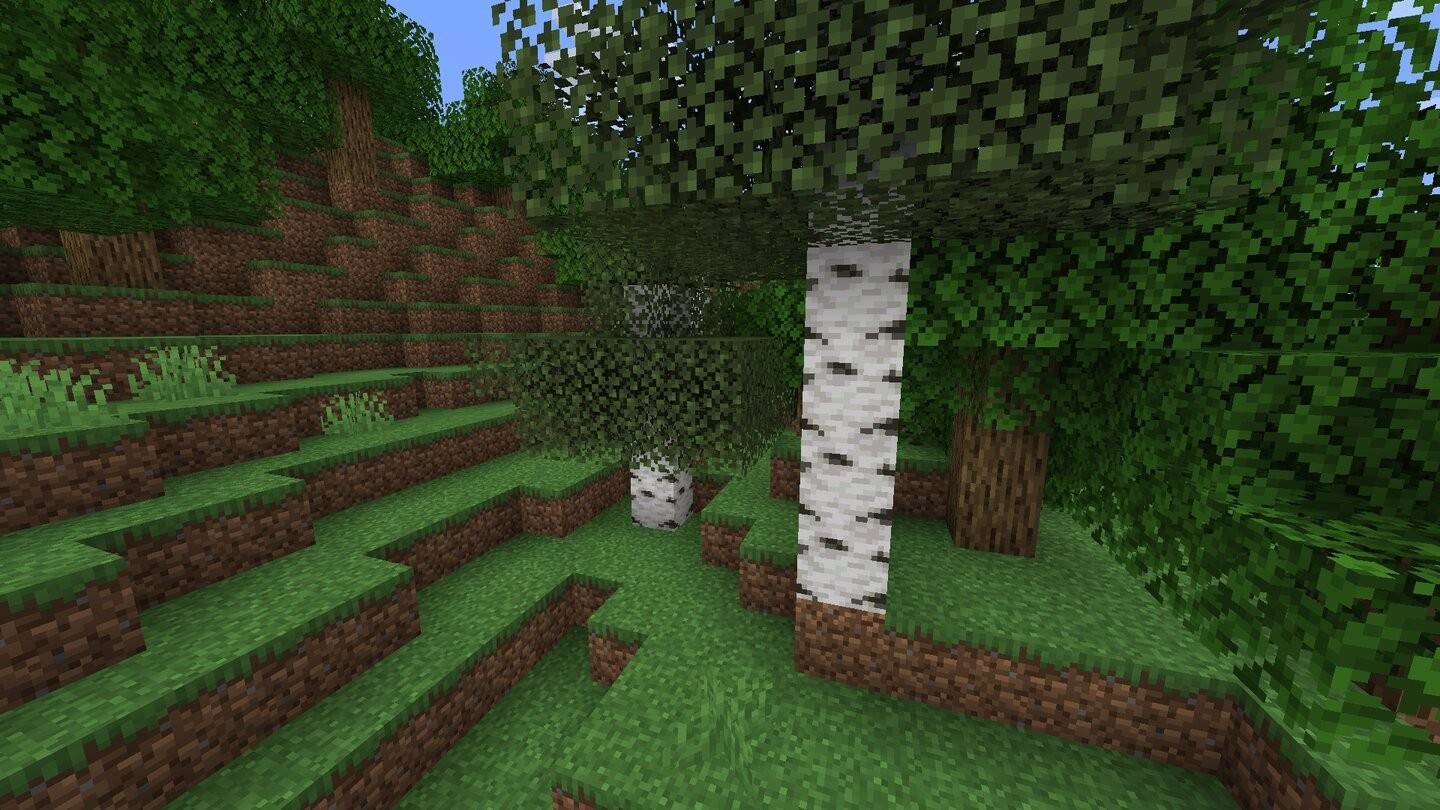 Image: ensigame.com
Image: ensigame.com
Found in birch forests and mixed biomes, birch wood's light, patterned texture lends itself to modern and minimalist designs. Its aesthetic pairs well with stone and glass, creating bright, airy interiors.
Spruce
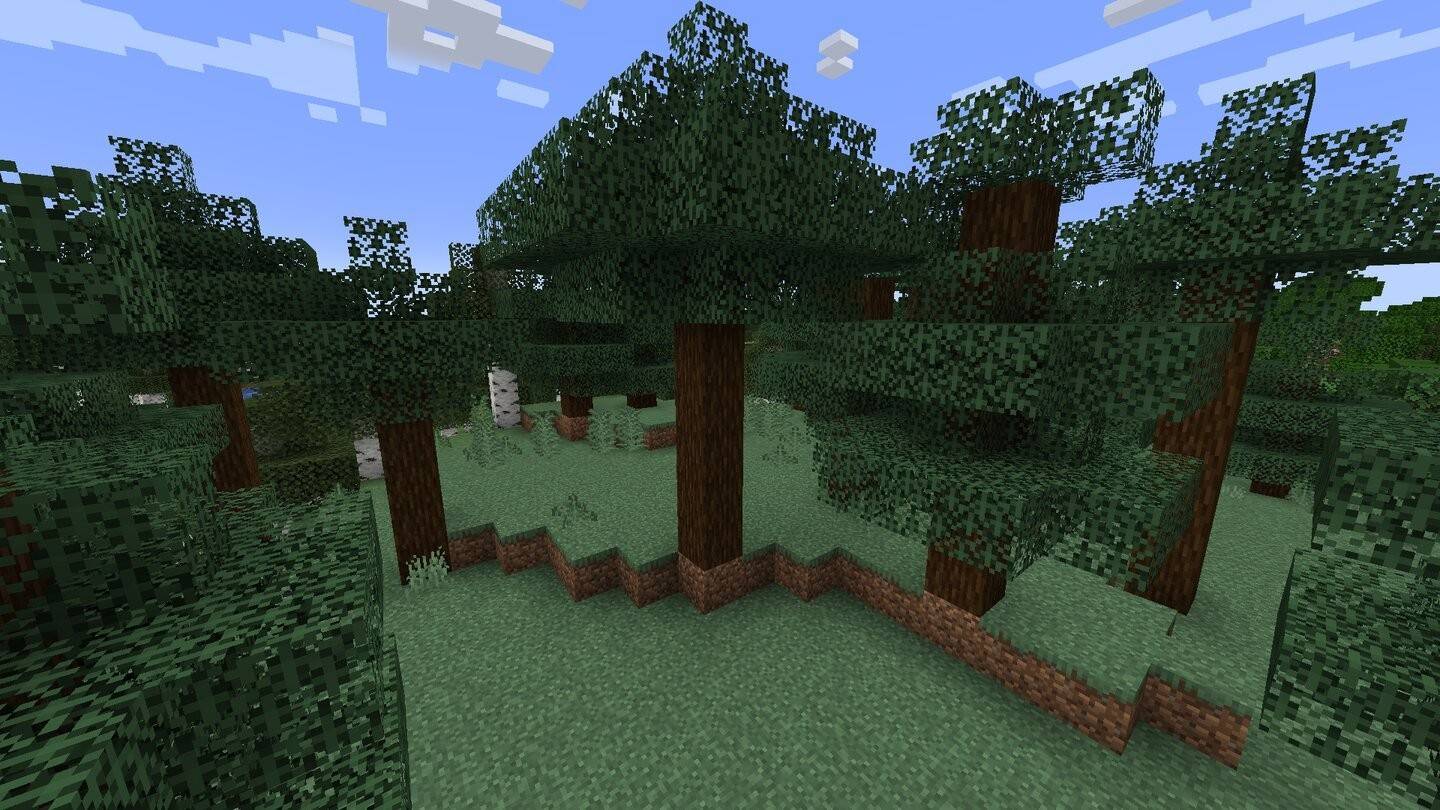 Image: ensigame.com
Image: ensigame.com
Dark spruce wood, harvested from taiga and snowy biomes, evokes a gothic or grim atmosphere. Its robust texture is perfect for medieval castles, bridges, and country houses. Its height can present a slight harvesting challenge.
Jungle
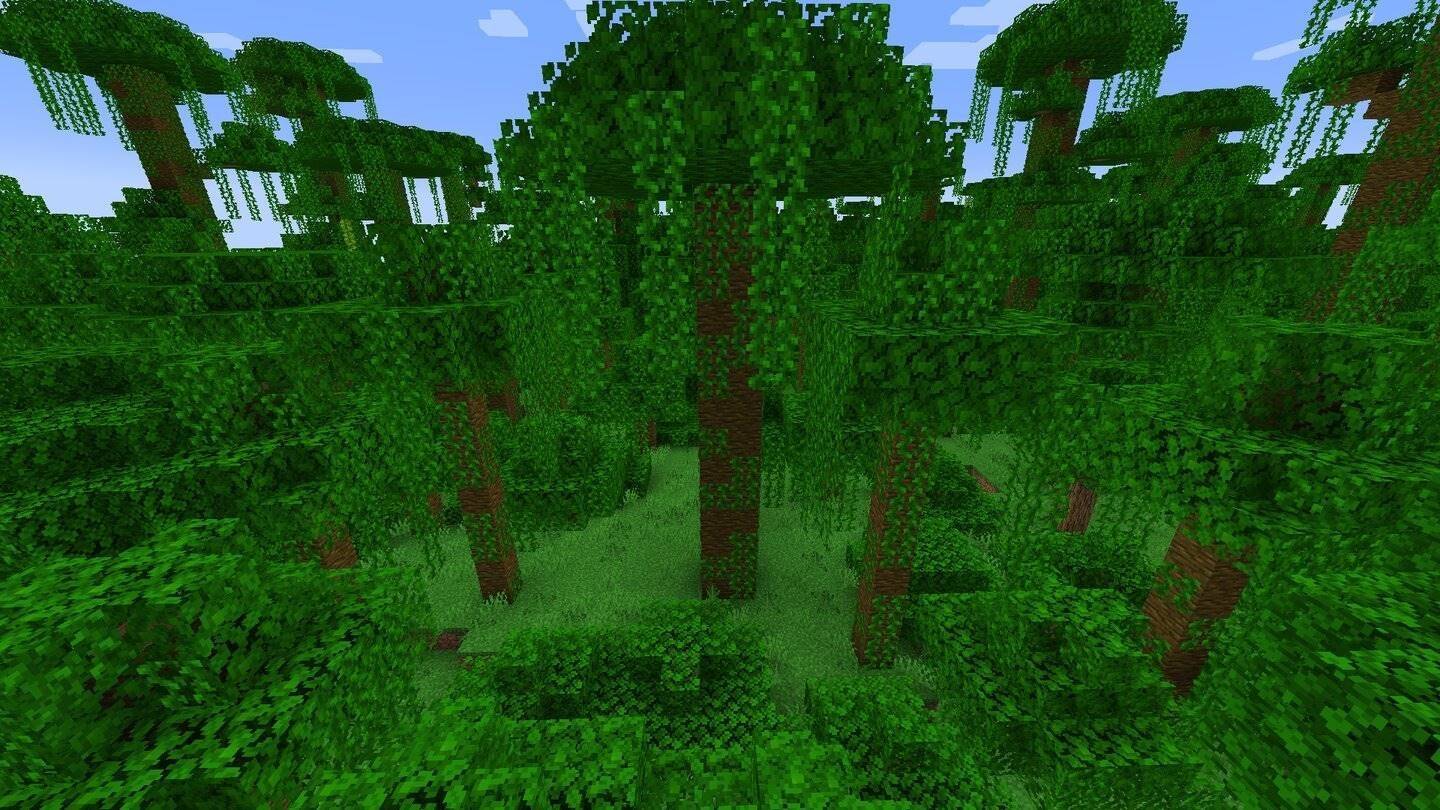 Image: ensigame.com
Image: ensigame.com
These towering trees, exclusive to jungle biomes, boast a bright hue ideal for decorative elements. Their cocoa bean yield adds to their practical value for establishing cocoa farms. Jungle wood's exotic appearance suits adventure-themed builds or pirate hideouts.
Acacia
 Image: ensigame.com
Image: ensigame.com
Acacia wood's reddish tint and distinctive horizontal branching make it a standout in savanna biomes. Its unique aesthetic is well-suited for ethnic-style villages, desert bridges, or structures inspired by African architecture.
Dark Oak
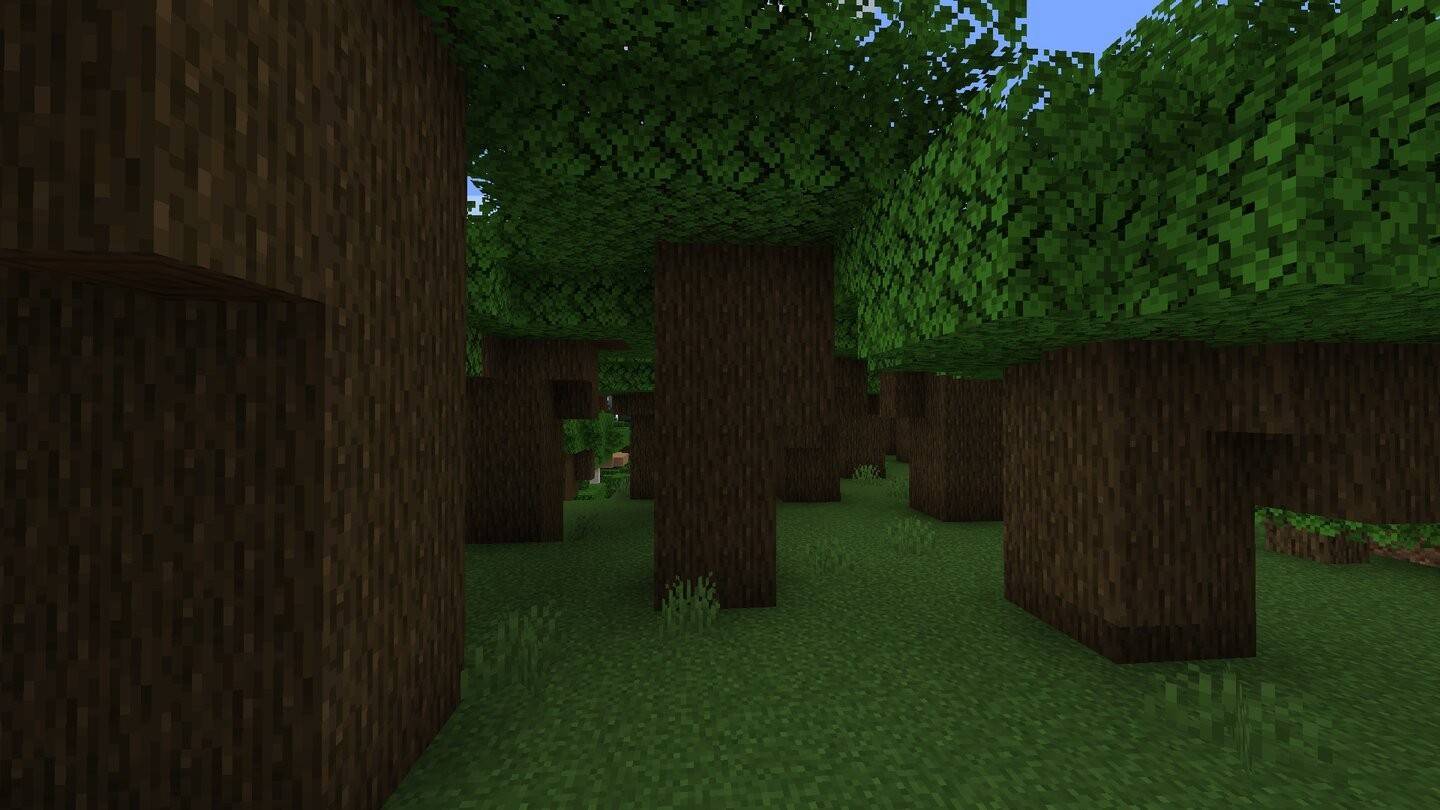 Image: ensigame.com
Image: ensigame.com
This rich, chocolate-brown wood is a popular choice for castles and medieval-style constructions. Found only in Roofed Forests, its rarity and deep texture make it ideal for luxurious interiors and grand doors. Requires four saplings for planting.
Pale Oak
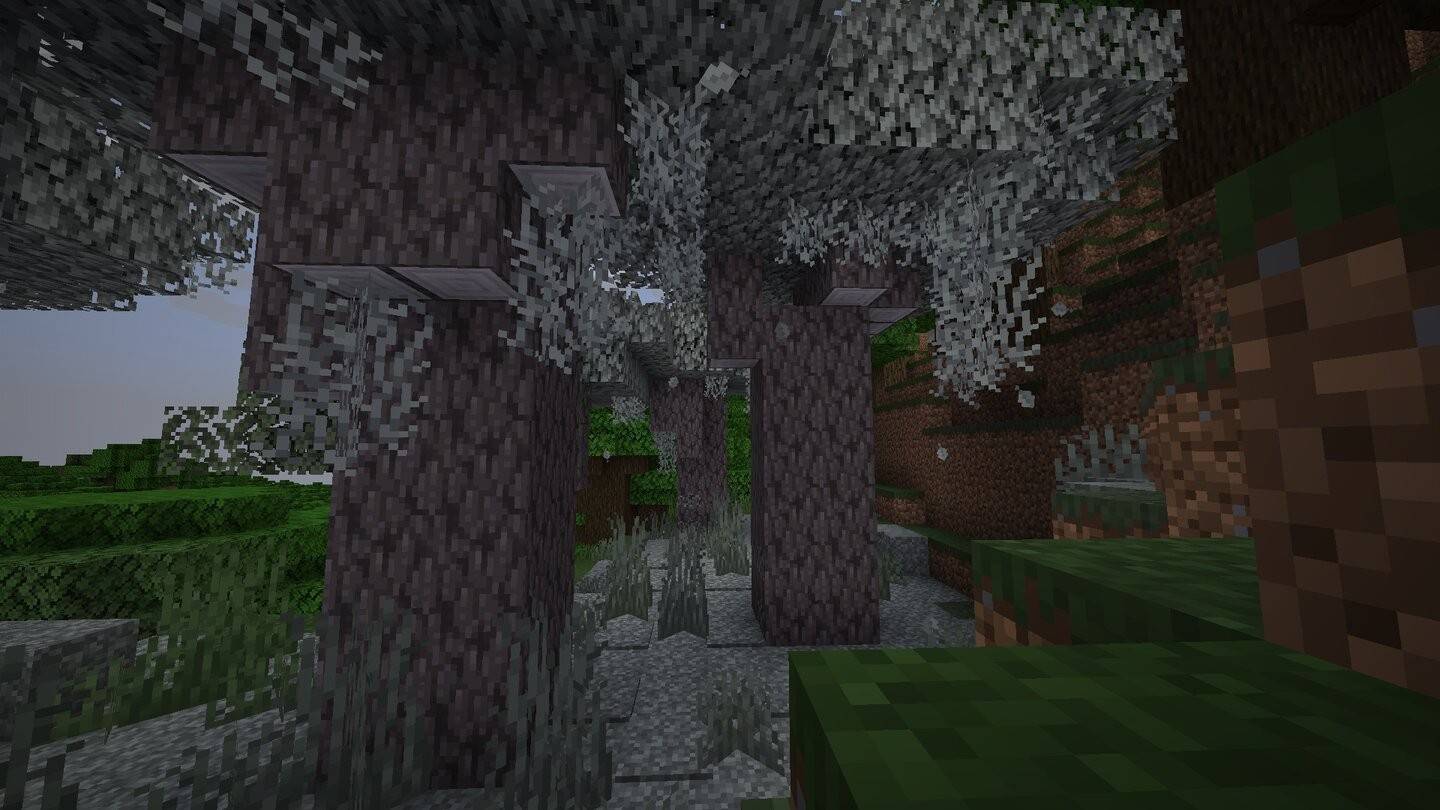 Image: ensigame.com
Image: ensigame.com
An extremely rare wood found only in Pale Garden biomes, pale oak shares dark oak's texture but boasts a gray hue. Its hanging moss and "skripcevina" (summoning aggressive "skripuns" at night) add unique gameplay elements. Its contrasting color makes it a perfect complement to dark oak.
Mangrove
 Image: youtube.com
Image: youtube.com
A recent addition to the game, mangrove wood, found in mangrove swamps, features a reddish-brown hue and distinctive roots, perfect for decorative accents. Its natural aesthetic lends itself to piers, bridges, and swamp-themed constructions.
Warped
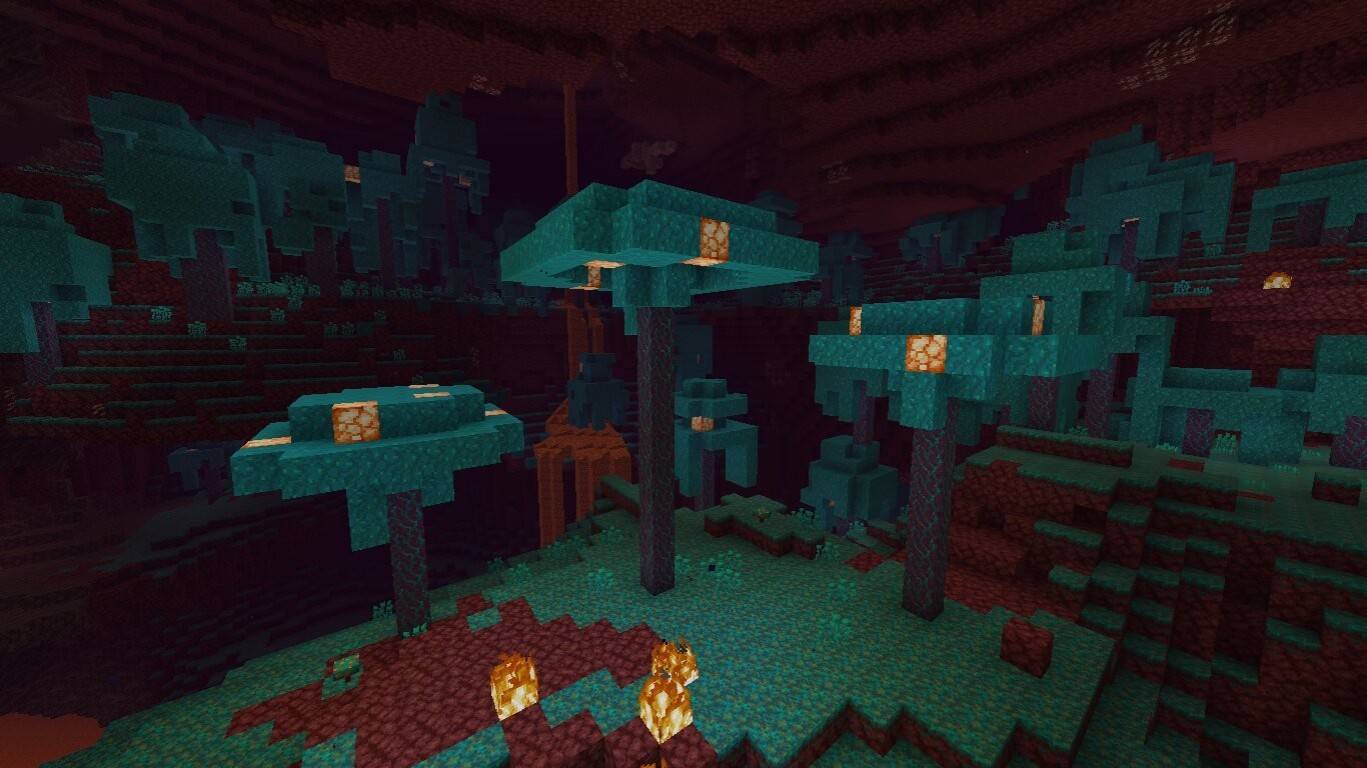 Image: feedback.minecraft.net
Image: feedback.minecraft.net
One of the Nether's two unique wood types, warped wood's turquoise color and non-flammable properties make it perfect for fantasy-style builds, magic towers, and mystical structures.
Crimson
 Image: pixelmon.site
Image: pixelmon.site
The Nether's other wood type, crimson wood's red-purple hue is ideal for dark or demonic-themed constructions. Its non-flammability makes it a practical choice for hazardous environments.
Cherry
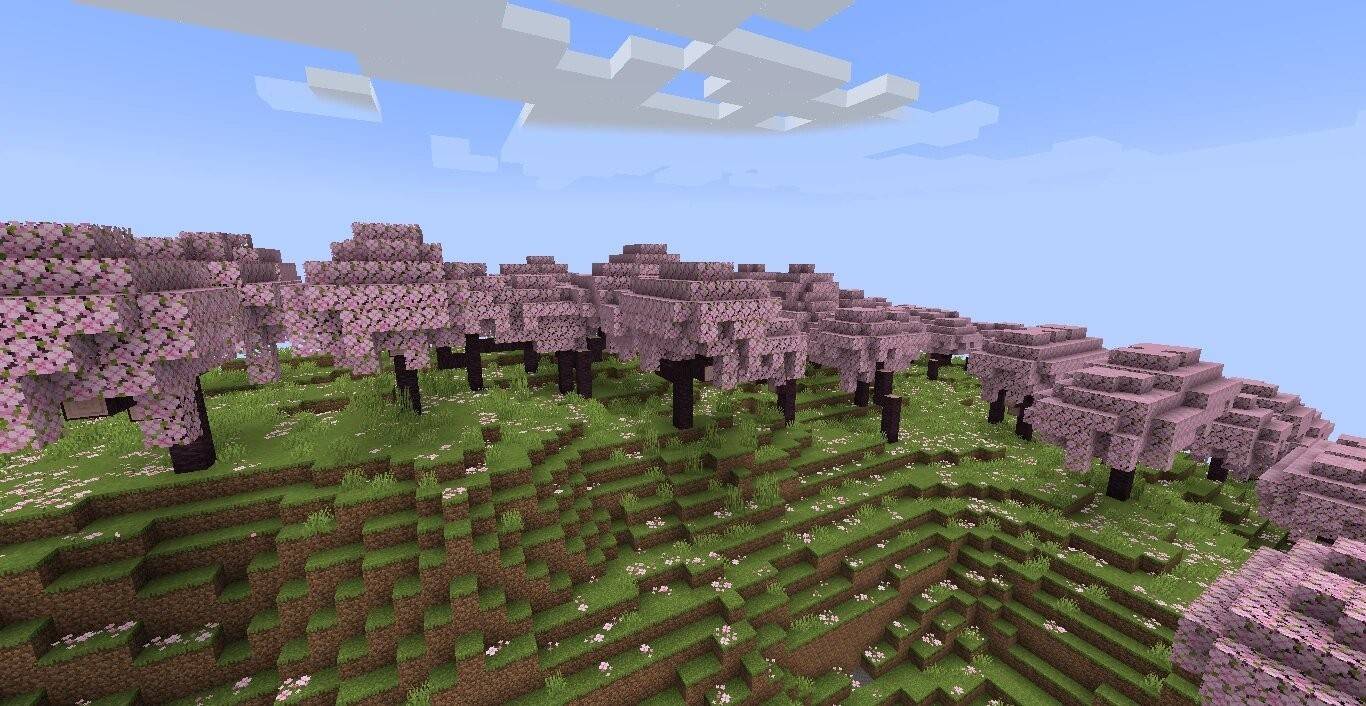 Image: minecraft.fandom.com
Image: minecraft.fandom.com
Found exclusively in cherry grove biomes, cherry wood's bright pink shade and unique falling-petal particle effects create a captivating atmosphere. Its distinctive color makes it a popular choice for interior decoration and unique furniture.
Azalea
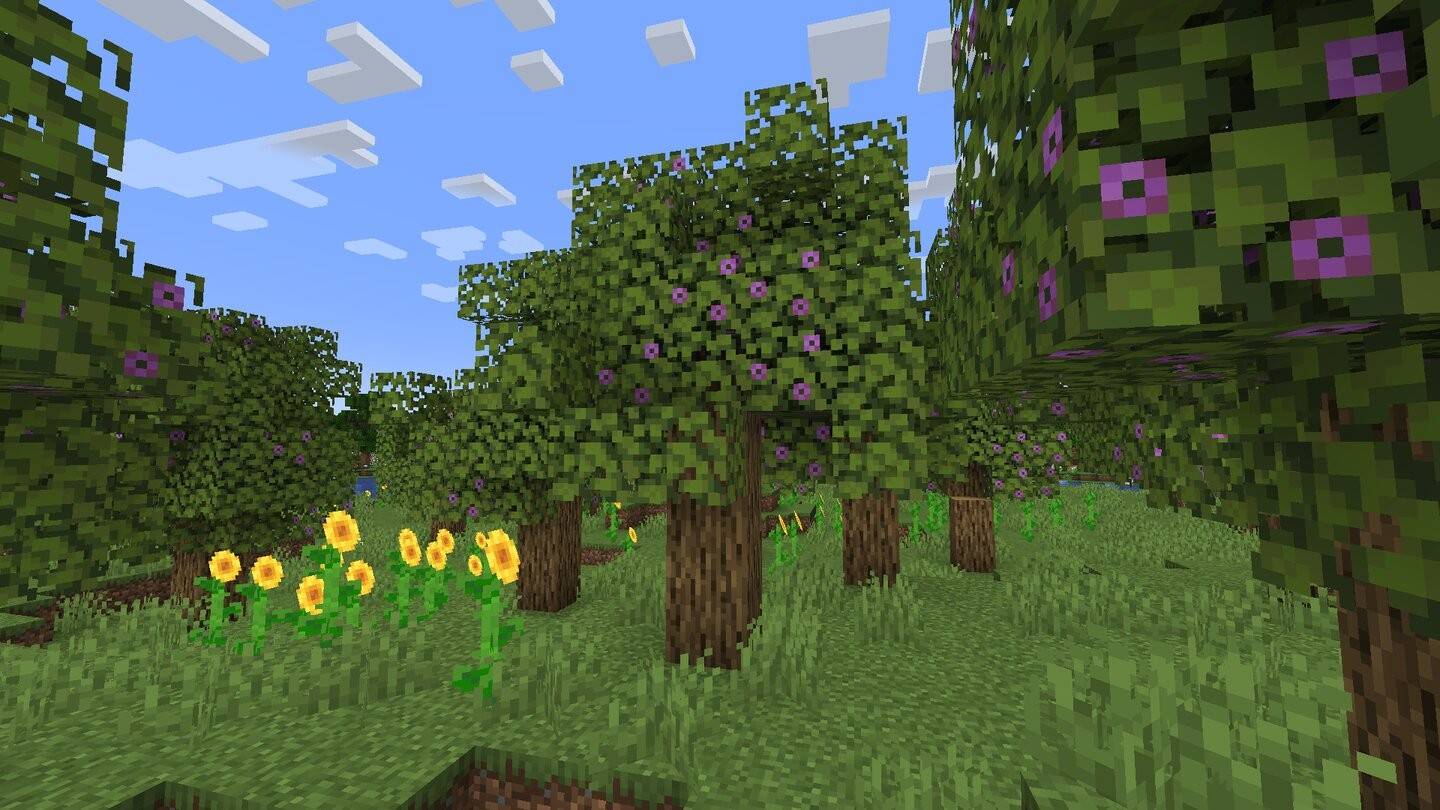 Image: ensigame.com
Image: ensigame.com
Similar to oak but with distinctive features, azalea trees grow above lush caves, providing convenient access to mining opportunities. Its root system and unique flowering adds visual interest to builds.
Conclusion
Minecraft's diverse wood types offer a wealth of creative possibilities beyond basic crafting. By understanding their unique properties and aesthetics, you can elevate your builds from functional structures to stunning masterpieces. So grab your axe and unleash your creativity!









